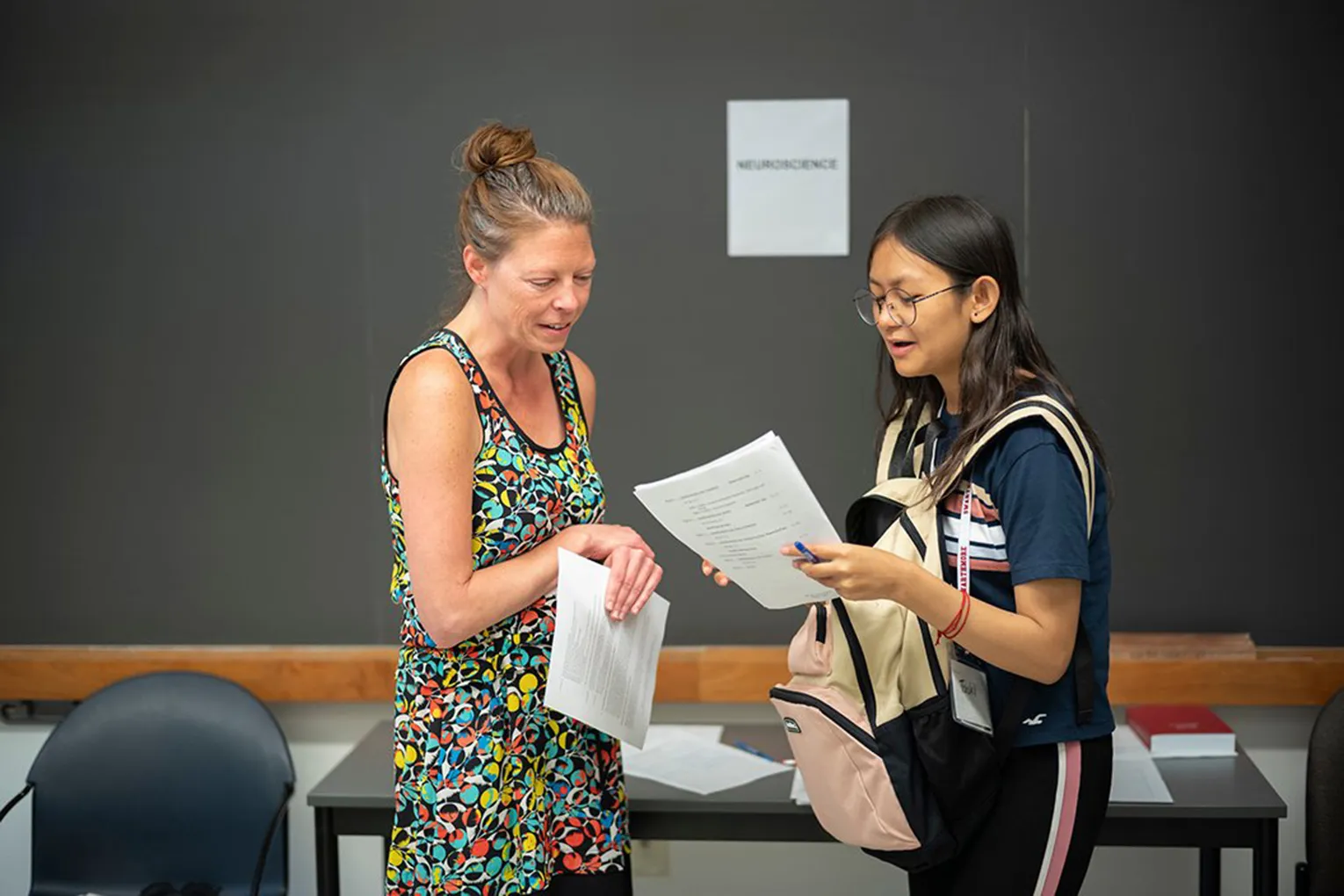Colloquium Schedule
Spring 2025
The National Spherical Torus Experiment Upgrade – Advancing the Physics of Fusion Energy
Manjit Kaur, Princeton Plasma Physics Laboratory
Friday, February 7, at 12:45
Controlled nuclear fusion holds the promise of supplying nearly limitless energy to satisfy mankind’s electricity needs. At the heart of a nuclear fusion reactor occurs the same process that powers our Sun. In this talk, I will provide a simplified overview of several decades of nuclear fusion research in the United States, highlighting the significant advancements in plasma physics which are crucial for achieving controlled nuclear fusion. I will mention the unique capabilities of the upcoming National Spherical Torus Experiment Upgrade (NSTX-U) at the Princeton Plasma Physics Laboratory and discuss how those capabilities make NSTX-U a unique testbed for next generation science and technology related fusion research.
The Physics of Sand: How Granular Materials Creep, Jam, and Shear
Cacey Bester, Swarthmore College
Friday, February 21, at 12:45
Examples of granular materials exist in abundance, from rice and cereal to sand and rocks. These particulate systems seem simple; they consist of dry, rigid grains that interact by contact force. However, granular materials present many questions to address, such as how force distributes heterogeneously among grains and how flow behavior can readily change between solid-like and fluid-like. Our experimental lab uses an imaging technique to probe this behavior of granular materials at the scale of a single grain. In this talk, I will describe the use of this technique and our experiments to better understand the fundamental physics of granular materials.
Illuminating galaxy cooling and heating with machine learning
David Robinson ('19), University of Michigan
Friday, March 28, at 12:45
Galaxies and stars form out of clouds of gas that collapse under the influence of gravity. This collapse stops when the gas heats up enough for its outward thermal pressure to counteract the gravitational compression. So, the processes which cool and heat interstellar gas are very important to galaxy formation. The efficiency of cooling and heating depends on both the properties of the gas itself and the light that illuminates the gas. In this talk, I will describe how we are using machine learning to better understand the way incident light modifies gas cooling and heating, and how this connects to computer simulations of galaxy evolution.
Supporting the Integration of Numerical Computing in Physics Education
Danny Caballero, Michigan State University
Friday, April 11, at 12:45
Numerical computing has transformed modern science, enabling researchers to analyze vast datasets, simulate complex experiments, and gain insights into intricate systems. Despite its critical role, computing remains underrepresented in most science curricula. In this talk, I will address the pressing need to integrate computational training into physics education and present research exploring challenges across all scales - from institutional structures to individual student understanding. I will discuss how these findings can drive the computational revolution in science education by informing institutional incentives, teaching practices, course activities, and assessment tools. With certain design elements, I'll show that we can develop our instruction and assessment of computational understanding to support all students. Additionally, I will examine the opportunities and challenges posed by generative artifical intelligence, highlighting ongoing research in this area.



